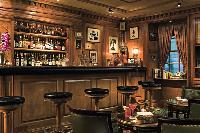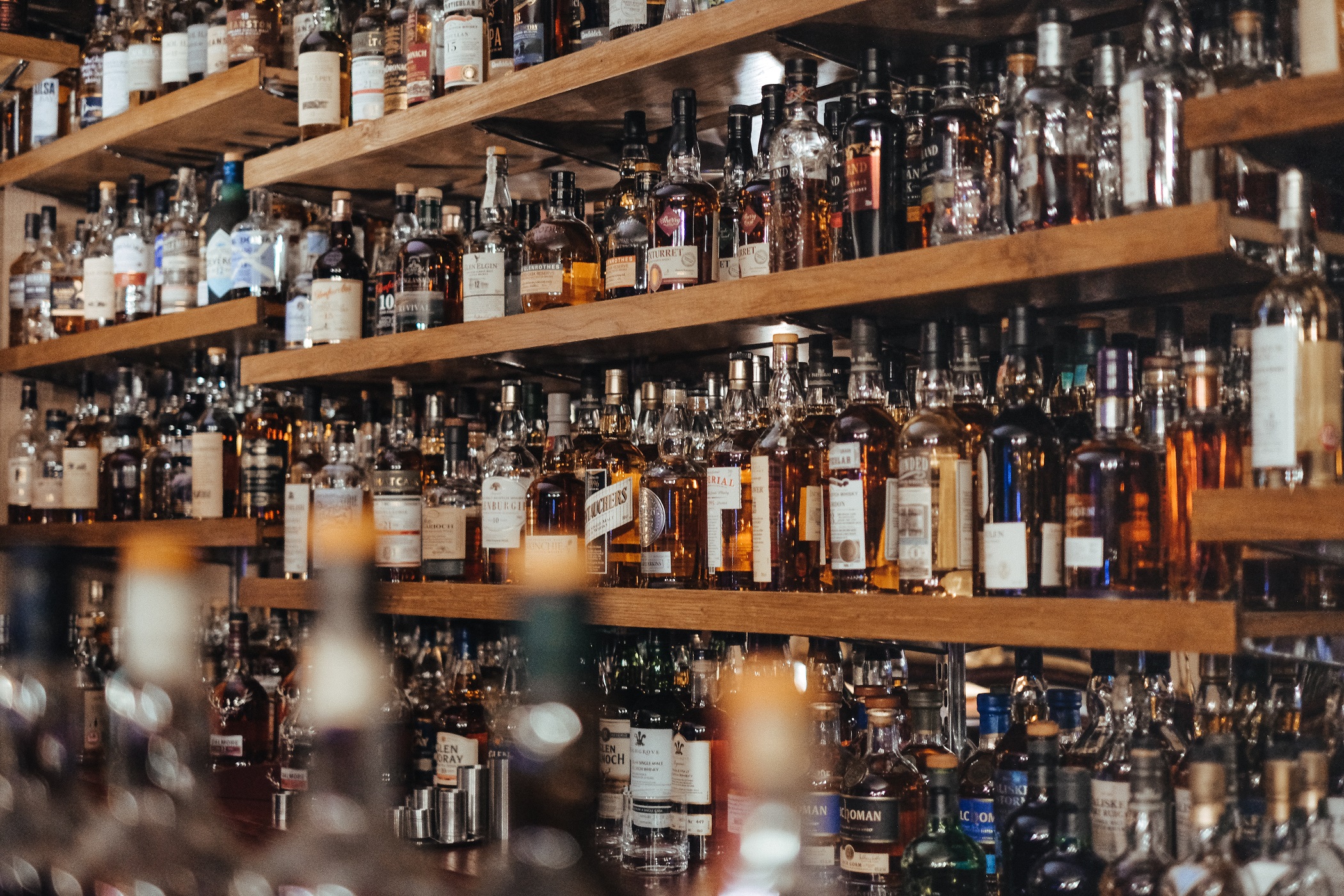Many of the finer things in life are acquired tastes, but once people get over the hurdles of taste most find that the more unorthodox foods, from cured roe eggs to fermented grape juice, are some of the best in the world. Nowhere is this more true than with whiskey. It’s thick and dark and burns all the way down, and for some people a good tumbler-full is the ultimate in luxury. And as with any such inspiring food product, whiskey is the focus of increasing attention from travellers, and travel planners. Here are ten great options for those looking to tour the origins of one of the world’s most beloved spirits.
Jack Daniels, Tennessee

There area a lot of brands of whiskey out there, but there’s only one name that is, to many people, synonymous with the drink: Jack Daniels. As one of the oldest distilleries in the US, the original Jack Daniels distillery still uses the spring water that went into the very first batch, when Jack was just 13 and working his very first still. Go on an hour-long tour of the three hectare grounds – for free! The No. 7 is not, however, and there’s no better place in the world to enjoy the full catalogue of Jack Daniels whiskey than at the source. You’ll even get a chance to taste some straight out of the cask!
Maker’s Mark, Kentucky

Despite lacking the mainstream profile of some other brands, Maker’s Mark is widely considered one of the world’s best whiskeys. Certainly for the price, real connoisseurs often reach for this elegantly simple square bottle with a parchment style label and red wax dripped over the cork. Brewed in Loretta, Kentucky, Marker’s Mark offers tours both individually and as part of the Kentucky Bourbon Trail and the American Whiskey Trail. Hear the history of one of America’s most respected whiskeys, see the historic method used in distilling it - and of course taste the latest batch.
Bulleit Bourbon, Kentucky

Yet another Kentucky stop, the Bulleit distilleries put on display the creation of one of the world’s most unique whiskeys. Bulleit uses an unusual “mash” of grain types to create its distinctive sour taste. With a mixture of barley, rye, and corn, the process of making and distilling the whiskey requires extra filtration steps that create a whiskey sought after by those who crave a smooth taste. This odd flavour profile is the result of Bulleit’s history as a “frontier whiskey”, based on the recipe of the creator’s great grandfather, who distilled whiskey for personal use in some of the wildest and least grain-friendly terrain around.
Templeton Rye, Iowa

Templeton Rye glories in its criminal history. This brand of whiskey sprung out of the demand for high-quality liquors following contamination deaths from sloppily made prohibition whiskey. Said to be mobster Al Capone’s favourite drink, Templeton Rye took over the Iowa speakeasies with its high quality and mid-range price. Today, the company maintains a rye whiskey using the original prohibition recipe. Better, it runs colourful tours that are as much about the company’s fascinating and often morbid history as it is about the whiskey itself.
Yamakazi, Japan

Whiskey was only introduced to Japan about a hundred years ago, but, as they have with so many things, the Japanese have adopted the practice of whiskey making and brought it to new and elegant places. The local ingredients are said to give Japanese whiskey a distinct taste sought after by many, but the experience of sipping the Yamakazi Distillery’s 12-year-old single malt whiskey in the historic Yamakazi City is worth the trip all on its own. Best of all? The distillery runs a tasting counter with all manner of whiskeys, and they maintain an attached Whiskey Museum with panel and video displays explaining the history of whiskey in Japan.
Glenfiddich, Scotland
Glenfiddich is Gaelic for “Valley of the Deer” and approaching the famous whiskey’s original distillery will make it clear how that name might have gotten started. Situated in a forest and near the ruins of a medieval castle, the distillery uses a natural spring as its primary source of water. Tours take approximately two and a half hours and show travellers every step of the process, from the aromas of the Solera warehouse, to the clatter of the bottling hall, to the relaxation of the tasting lounge. The Glenfiddich tour aims to give whiskey travellers the full experience. An Artists in Residence program also holds regular exhibitions on the property.
The Horseshoe Bar, Scotland
There’s a reason Scotland pioneered its own form of whiskey – Scotch – and popularized it throughout the world; they are the self-appointed homeland of whiskey, and while that might not be historically accurate, few people are willing to argue the point. The Horseshoe Bar not only features the country’s (and possibly the world’s) longest horseshoe-shaped bar for maximum bar seating, it is also located directly between many of the world’s best local whiskey distilleries. Its position in the heart of Glasgow gives it easy access to the whole of the world’s most prolific whiskey industries. You won’t find a more authentic Scottish whiskey experience than this.
The Jameson Experience, Ireland
The Jameson Experience is a tour that takes travellers through the history and modern reality of whiskey. It is a tour of Jameson history, the largest and one of the oldest whiskey companies in Ireland - and thus in the world. The distillery itself is in Cork, Ireland (having moved many years ago from its traditional home in Dublin) and produces 19 million litres of spirits per annum, of which most is whiskey. This is not just the financial centre of the Irish whiskey industry, it's also one of the cultural centres of world whiskey tradition.
The Hemingway Bar, Paris
While this is not a distillery, the Hemingway Bar in Paris heavily features the beverage as part of its tribute to the late Ernest Hemingway. The famously unfettered writer was such a fan of the place in his Paris days that the bar renamed itself after his death – but it kept what had drawn Hemingway in the first place. The whiskey selection at the Hemingway Bar is second to none, with several rare imported whiskeys rounding out a selection of world and local brands. More than that, though, there is no more atmospheric way to enjoy a good glass of spirits than in this historic Paris watering hole. Hemingway once referred to heaven as filled with whiskey, and the Hemingway Bar was the closest he ever found.
Canadian Club, Ontario

Canadian Club is something we took from the United States. Founded in Detroit, the founder of Canadian Club (then called simply Club Whiskey) moved to Ontario in the 1860s to avoid the up and coming prohibition movement. Once established, Club Whiskey became a phenomenon among Canadian and US drinkers, and the southern whiskey industry petitioned to halt this popularity by demanding that the word “Canadian” be appended to the label. The brand embraced the requirement, however, and went on to enjoy meteoric success both in and out of the United States. Its main Ontario centre, called the Brand Center, is filled with Canadian history like original paintings from Canada’s Group of Seven, and is open to tourists three times per day, Thursday to Saturday.



